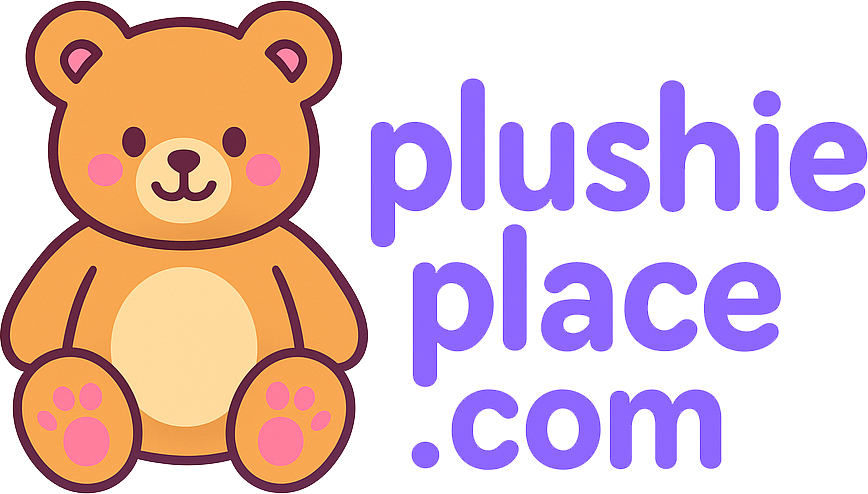Top Challenges in Physician Credentialing and How to Overcome Them

Physician credentialing is a foundational process in healthcare operations, enabling providers to legally and effectively treat patients and receive reimbursements. However, the journey from application to approval is often filled with complexities that can cause significant delays and operational setbacks. Identifying and addressing these challenges early can save practices both time and revenue.
1. Complex and Lengthy Documentation
One of the biggest hurdles in physician credentialing is the overwhelming amount of paperwork involved. From verifying licenses and malpractice history to education and employment records, incomplete or inaccurate documentation is a major cause of delays.
Solution: Partnering with professional physician credentialing services helps streamline the documentation process. These services ensure all required forms are correctly completed and submitted on time, reducing back-and-forth communication with payers.
2. Frequent Changes in Payer Requirements
Payers often update their credentialing guidelines, timelines, or required forms. Missing these updates can result in rejected applications or extended wait times, directly affecting the provider’s ability to bill and generate revenue.
Solution: Utilizing trusted medical billing services with experience in payer compliance allows practices to stay updated with changing rules. These services are well-equipped to manage credentialing workflows in alignment with industry regulations.
3. Delays in Enrollment with Insurance Panels
Joining insurance panels is essential for providers to see patients covered by specific payers. However, delays in enrollment prevent billing and can lead to lost income or patient dissatisfaction.
Solution: Begin the credentialing process as early as possible, especially for new hires or expanding practices. A dedicated credentialing partner ensures that applications are submitted in a timely manner, expediting enrollment and avoiding revenue disruptions.
4. State-Specific Credentialing Rules
Credentialing in California, for example, comes with its own regulatory nuances. These include compliance with local healthcare laws, payer-specific forms, and timelines that differ from other states.
Solution: Working with medical billing services California ensures you have local expertise. These services understand state-specific requirements, increasing accuracy and efficiency in credentialing submissions.
5. Lack of Integration Between Billing and Credentialing
A disconnect between the billing and credentialing teams often causes claims to be denied or delayed. If a provider isn’t properly enrolled but billing has already started, the result is unnecessary rework and payment issues.
Solution: Integrating credentialing with billing operations creates a seamless workflow. Ensuring that a provider is fully credentialed before billing prevents claim rejections and improves cash flow continuity.
Final Thoughts
Credentialing may seem like a background administrative task, but its impact on your practice’s revenue, compliance, and patient trust is significant. By addressing the common challenges and leveraging expert support, practices can ensure a smooth credentialing process and avoid unnecessary disruptions.
With the help of professional credentialing and billing partners, healthcare providers can stay focused on what matters most—delivering high-quality patient care—while experts handle the intricacies of payer enrollment and compliance.
- Art
- Causes
- Crafts
- Dance
- Drinks
- Film
- Fitness
- Food
- Games
- Gardening
- Health
- Home
- Literature
- Music
- Networking
- Other
- Party
- Religion
- Shopping
- Sports
- Theater
- Wellness


